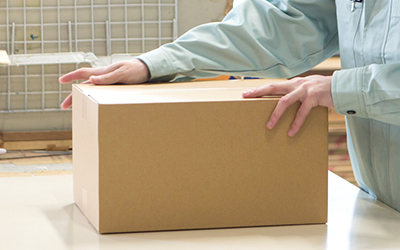Raw Materials and Mixing
Natural minerals are subjected to liquid and gas elutriation, then refined and purified to remove impurities, producing extremely pure ceramic materials. They were originally used for pottery such as porcelain.
We supply superior products, from high-purity mixtures of ceramic materials to high-precision molded and processed products, and assemblies.
Here, we introduce the manufacturing process for producing finished ceramics.
Natural minerals are subjected to liquid and gas elutriation, then refined and purified to remove impurities, producing extremely pure ceramic materials. They were originally used for pottery such as porcelain.
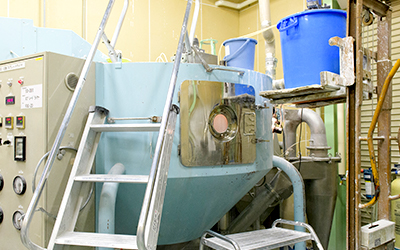
Ceramics contract by roughly 20% during firing.
We calculate this coefficient of contraction and process the material in its raw state. Powder is pressed into the desired shape, and formed via green processing, cutting the shape from an ingot.
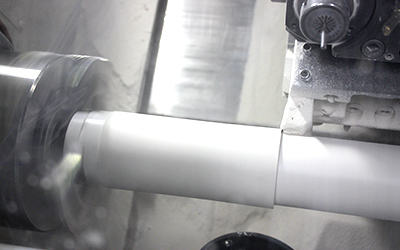
This forming method is well suited for high-volume mass produced items.
The processing workload can be reduced by creating the form of the finished item using a dedicated mold, or forming it in a shape close to that of the finished item.
By machine processing the powder compact in its raw, unfired state, we can produce a variety of shapes. Green processing enables us to handle prototyping and production of small lots.
During firing, ceramics bake and contract due to the loss of moisture and bonding of particles.
Ceramics are vulnerable to thermal shock, so they are heated and cooled gradually. This creates fine ceramics which possess hardness nearing that of diamond, excellent heat resistance, and superior electrical characteristics. For a simple fired finish, the tolerance is generally in the JIS B0405 M class.
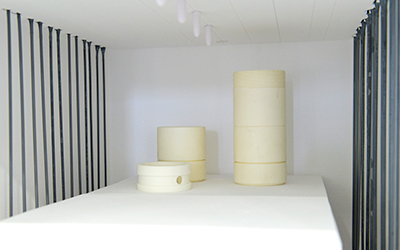
We perform secondary processing of fired ceramics using diamond tools, creating a finish with the level of precision specified by the customer.
Ceramics contract during firing, so when high precision or surface roughness are required, we perform secondary processing of the ceramics after firing. The tolerances after polishing are as shown below.
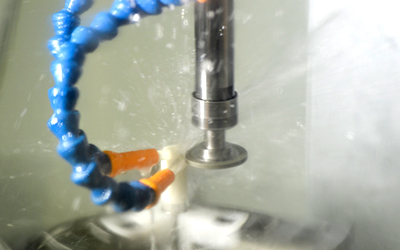
Different washing methods are used for inorganic and organic contaminants to cleanse both the surface and interior of contaminants, and we use carefully selected packing material to expand use in vacuum. We use different washing methods for inorganic and organic contaminants. We can remove contaminants from both the exterior and interior surfaces, using washing methods suitable for the customer’s usage conditions.
As part of our quality assurance system, we aim to expand and improve our testing equipment. We are also working to improve our testing precision from a 5µm measurement guarantee to 1µm (0.001mm), an from there to less than 0.1µm.
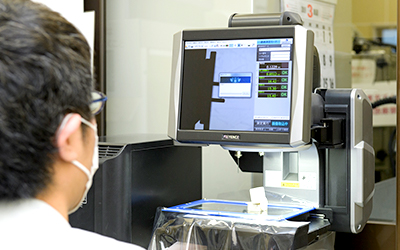
At Yugyokuen Ceramics Co., Ltd. and Fukushima Ceramic Co., Ltd., we aim to expand sustainable sourcing under ISO9001/ISO14001 customer satisfaction standards, and we include the testing report (product guarantee) with the delivery.
Our fine ceramics are used in high vacuum equipment, as well as all types of analytical instruments and control systems, etc.
